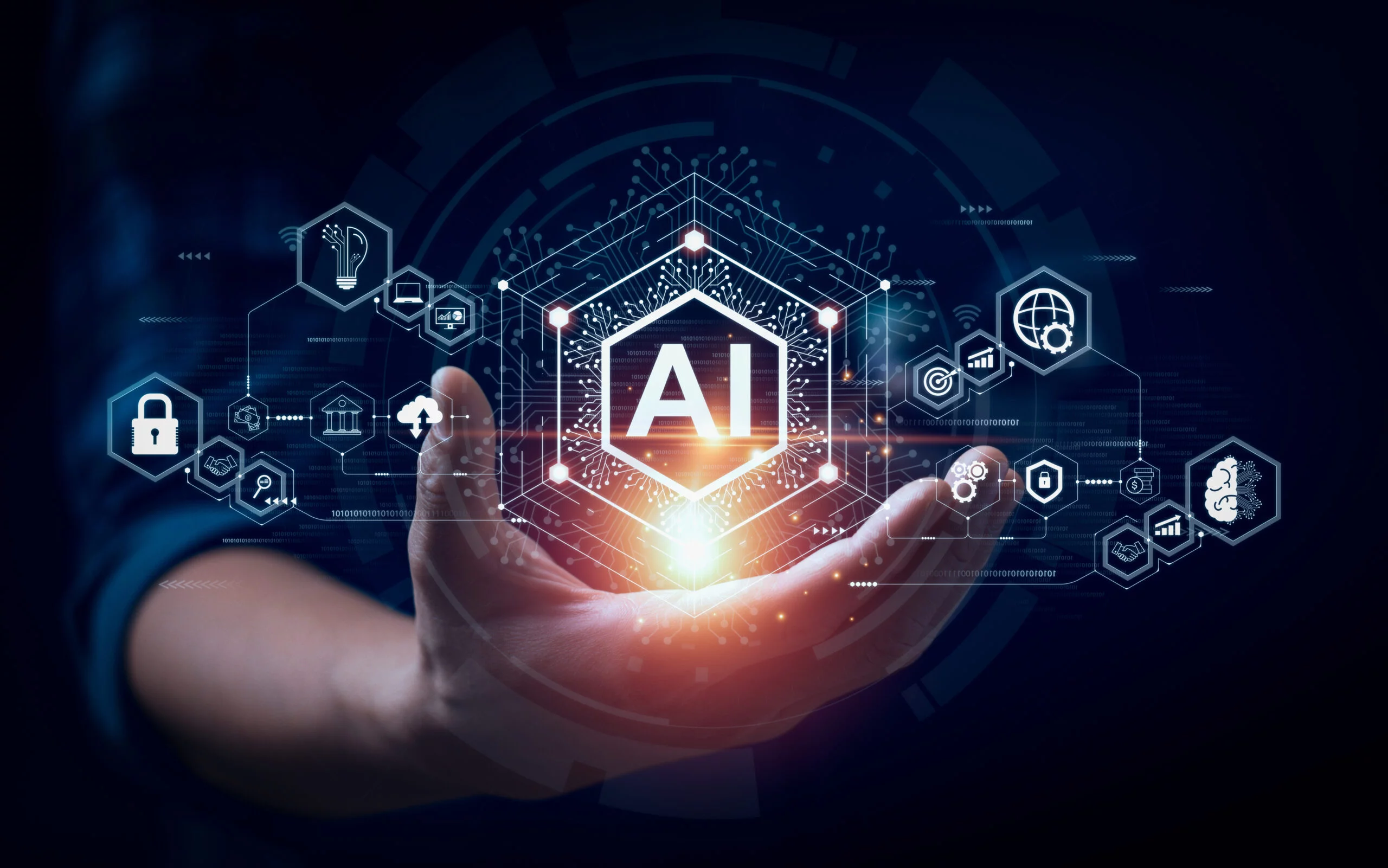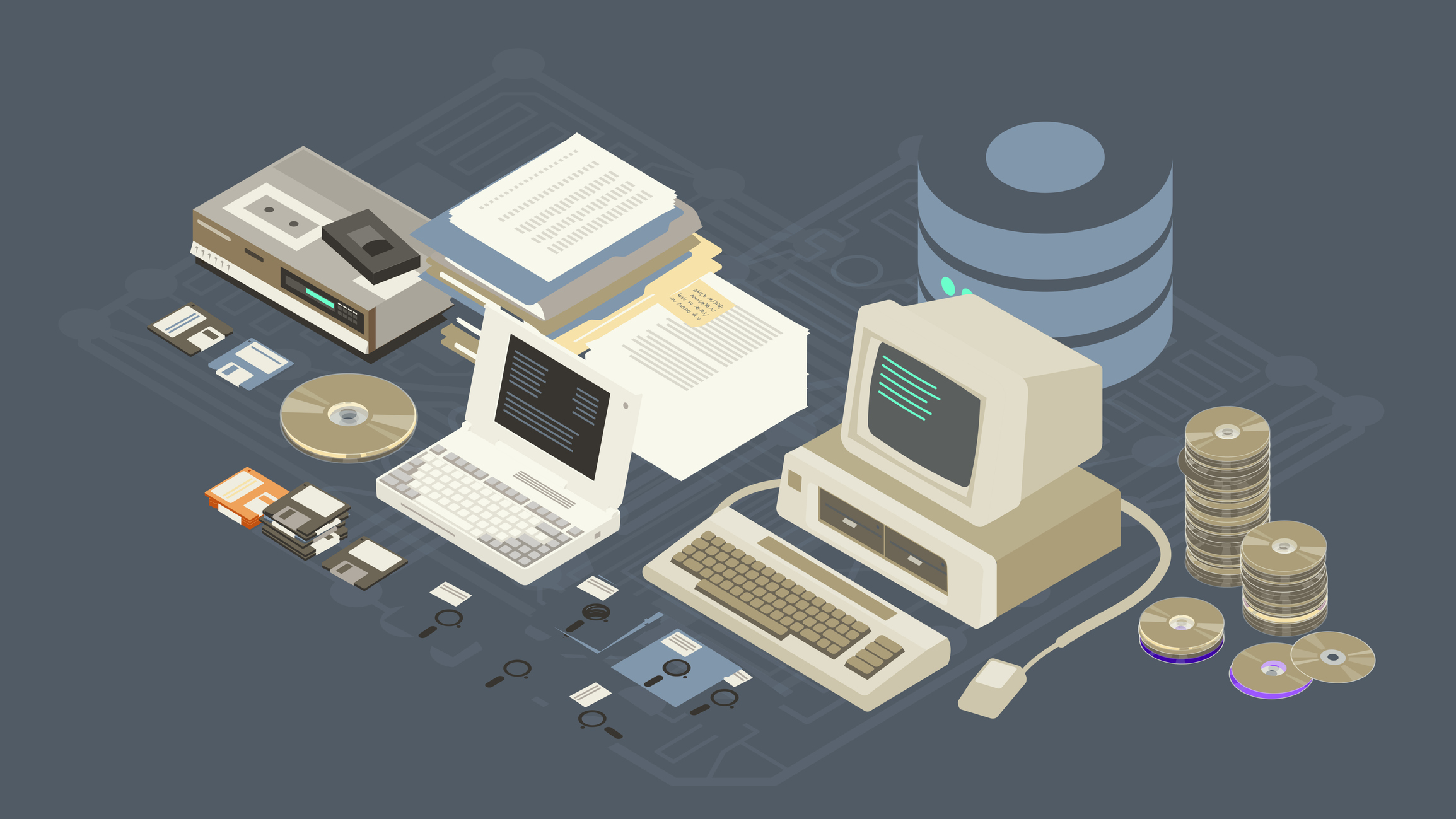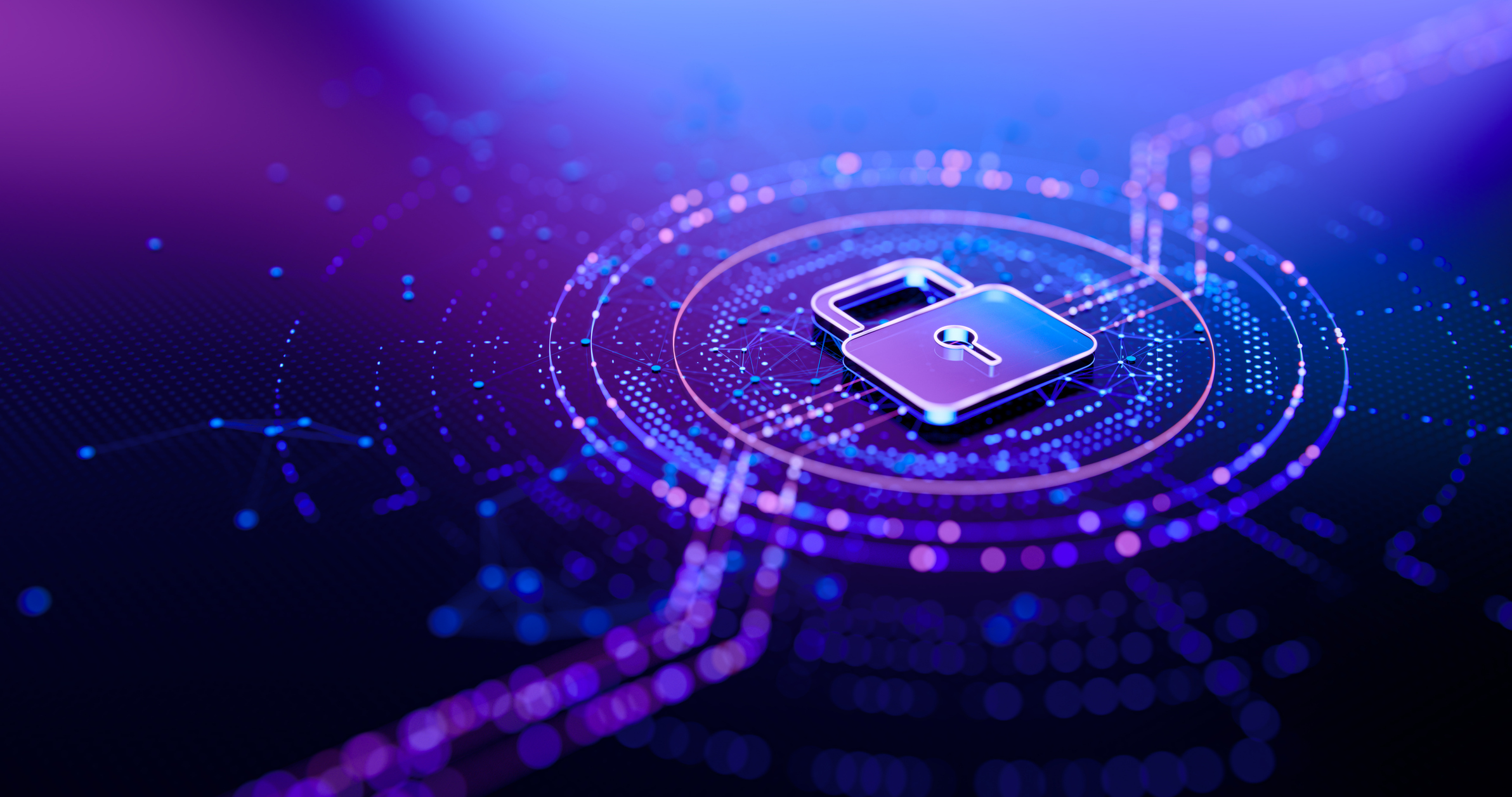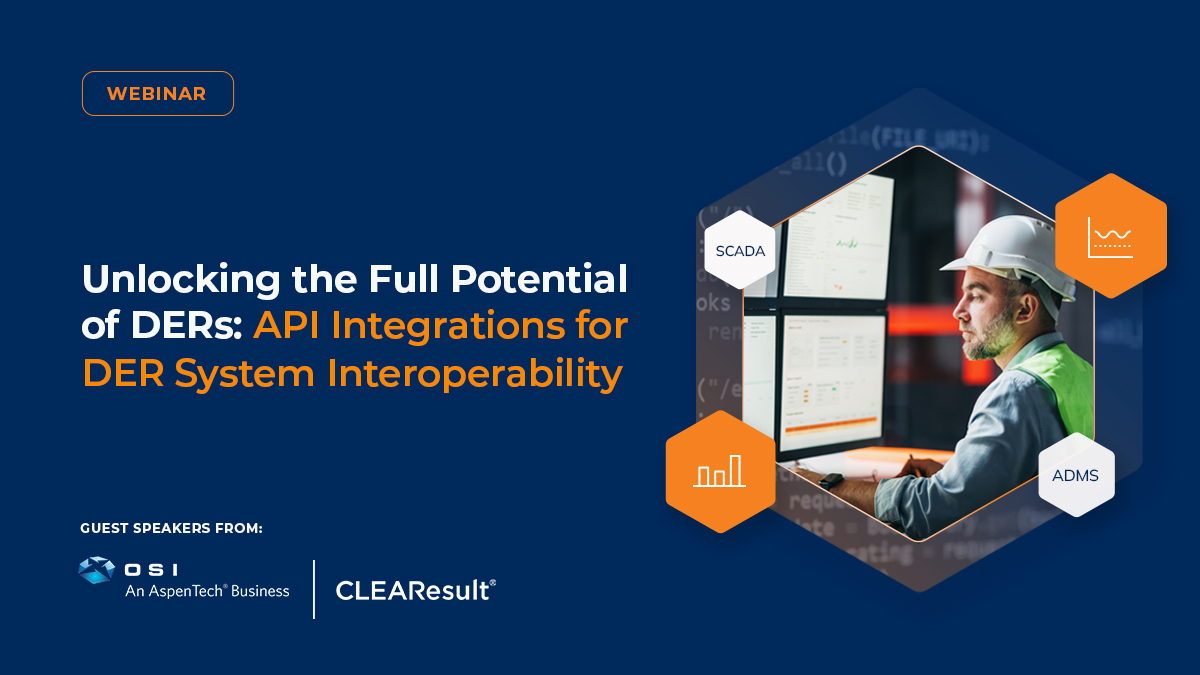Fiction has often presented artificial intelligence as an existential threat to humanity, one dedicated to replacing and, often, eradicating humankind. Research indicates that a majority of U.S. citizens have anxiety over AI, ranging from privacy issues to the use of deep fakes and beyond. Couched among these concerns is the long-gestating fear that artificial intelligence will replace workers through automation, an anxiety with a long historical precedent. There are many common examples of artificial intelligence in our daily lives, from personal smartphones to the algorithms that drive your entertainment selections. Artificial intelligence and machine learning have empowered U.S. grid stewards to better forecast demand through an approach customizable by program and designed to calculate needs quickly and more efficiently. Through artificial intelligence, grid operators can control and coordinate distributed energy resources (DERs) like smart home devices, electric vehicles, or batteries to better meet demand.
Artificial Intelligence vs. Machine Learning
So far, the expressions “artificial intelligence” and “machine learning” have been used interchangeably as shorthand that drives the question “Will machines replace people in the workforce?” In specific, however, artificial intelligence and machine learning are not the same: machine learning is a subset of artificial intelligence, just like every square is a rectangle.
Artificial intelligence, broadly, refers to technologies designed to mimic the cognitive functions associated with human intelligence. The phrase itself implies an active intelligence that can make choices independent of input, a simulacrum of a person like Data from Star Trek, the Terminator, or the software bots from The Matrix, which is far from accurate; for the machines we identify as capable of artificial intelligence, engineers have to program and maintenance them, monitoring their “decisions” to guide optimal outcomes. At the time of this writing, there is no artificial intelligence per the common connotation, although there are software designed to better guide human operators.
A subset of AI, machine learning is a process that allows machines to learn and improve from their experiences. Machine learning employs algorithms to analyze and assess large reams of data, much faster than any living operator could. Because machine learning is designed to improve, the more the process is employed, the better the potential outcomes.
What is the Lump of Labor Fallacy
Already, AI and machine learning have been used to offset replacing new and costly employees, which was particularly noticeable throughout the COVID pandemic. This would imply that there are now fewer jobs on the market, presenting fewer opportunities to prospective employees. Still, while the pandemic did shift national employment statistics and labor priorities in the U.S., job growth has returned to pre-pandemic levels. This demonstrates that not only did a pandemic fail to derail the workforce or economy in the long run, but that the jobs market is flexible. To accomplish the work needed during the energy transition, more workers are needed to power a distributed energy resource future.
– Syd Bishop, Sr. Content Specialist, Virtual Peaker
As mentioned, concerns over losing workers to something like automation/AI have persisted for hundreds of years. The concept of the Lump of Labour Fallacy was coined to address the misconception that there is a limited amount of available work. As such, consider automation—AI, machine learning, or otherwise—as an opportunity to free up resources to pursue other tasks. For example, if a utility has a small program management team to manage a distributed energy resources initiative, introducing automation provides an opportunity not to decrease the workforce, but to redistribute it. After all, AI was designed to imitate human problem-solving to help humanity, which is exactly what it’s been used for in the U.S. electric grid to great success already.
AI in the Utility Workforce Today
Artificial intelligence, machine learning, and automation are all valuable tools for utilities interested in streamlining their operations. These technologies are already at work in electric utilities around the world, leading to efficient and accurate load management, reductions in workplace risk, and more. These tools are already reshaping the utility sector, shifting workers from monotonous, menial tasks to analytics, systems monitoring, technology management, and more.
Primer: Utility Programs
Utilities run a host of demand flexibility initiatives ideally suited to machine learning algorithms and artificial intelligence. Programs include, but are not limited to:
- Demand Response – A conservation strategy that mitigates grid strain by shifting loads to off-peak hours
- EV Managed Charging – Like demand response, a charging solution that manages charging times to offset usage during peak hours of demand
- BYOD/Battery programs – A strategy that minimizes charging during peak hours, while pulling from potential energy assets within the community
- Virtual power plants – an amalgamation of otherwise disparate community-generated renewable assets, distributed energy resources like solar, battery, and more, which can be redistributed to supplement energy usage during peak demand
In each case and more, there are opportunities to automate features, saving utility program managers the time and resources they need to better streamline energy needs in real time. Let’s look at a few examples below.
Applications for Automation for Utilities
As an efficiency tool, artificial intelligence is primed to optimize and streamline your operation, which means better allocation of resources based on real-time and historical data. Generally speaking, AI can look at things like the existing energy supply and market value, historical data, and device information to better determine when to run a program, or how to employ it. Customer engagement, program enrollment, and event information can employ automation to stay connected with customers, develop rapport, and, hopefully, foster the type of outreach necessary to scale your programs.
Below are a few specific examples of AI, machine learning, and automation in action (so to speak).
- Time-of-use (TOU) rates represent a kind of behavioral demand response strategy that discourages usage through increasing pricing signals; the greater the energy costs, the greater the energy bill for consumers unless they take direct action.
- Specific distributed energy resources like thermostats or water heaters can utilize TOU optimization learning based on customer preferences.
- To coordinate various devices and device types, virtual power plants benefit from a mechanized control scheme to ensure that each device is used properly while ensuring customer satisfaction.
- Although not quite an energy program, load forecasting functionality uses machine learning to best determine volatile energy market costs, information employed to decrease utility spend.
In each of these examples, artificial intelligence, machine learning, and automation streamline processes for utility program managers, freeing internal resources to tackle industry challenges like electrification, decarbonization, grid resiliency, and more.
Distributed Energy Resources, AI, & the Lump of Labor Fallacy Conclusion
Experts believe that the AI singularity—a hypothetical, but entirely possible technological shift wherein AI becomes more intelligent than humans—may occur around 2045, meaning that the time of advanced robotic threats is still a thing of fiction. What isn’t fictional is the power that AI affords grid operators to better manage and shift load to meet demand. Like all change, these advancements are already having a net positive effect on operations management, and will create the kind of fresh opportunities needed to modernize the grid; in all likelihood, AI will create more jobs.






